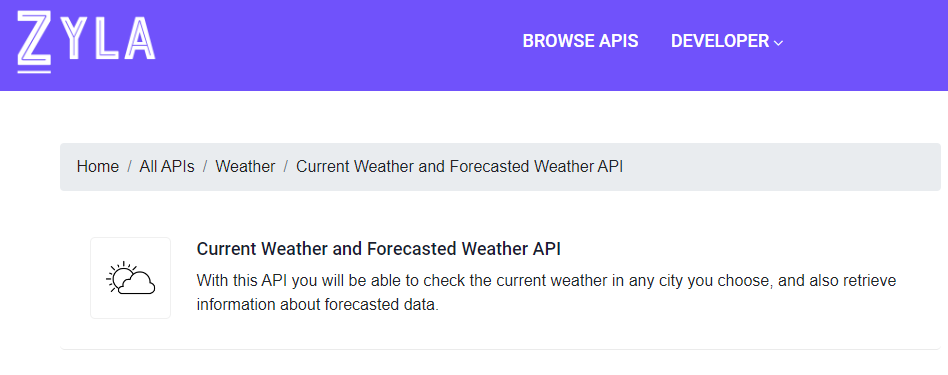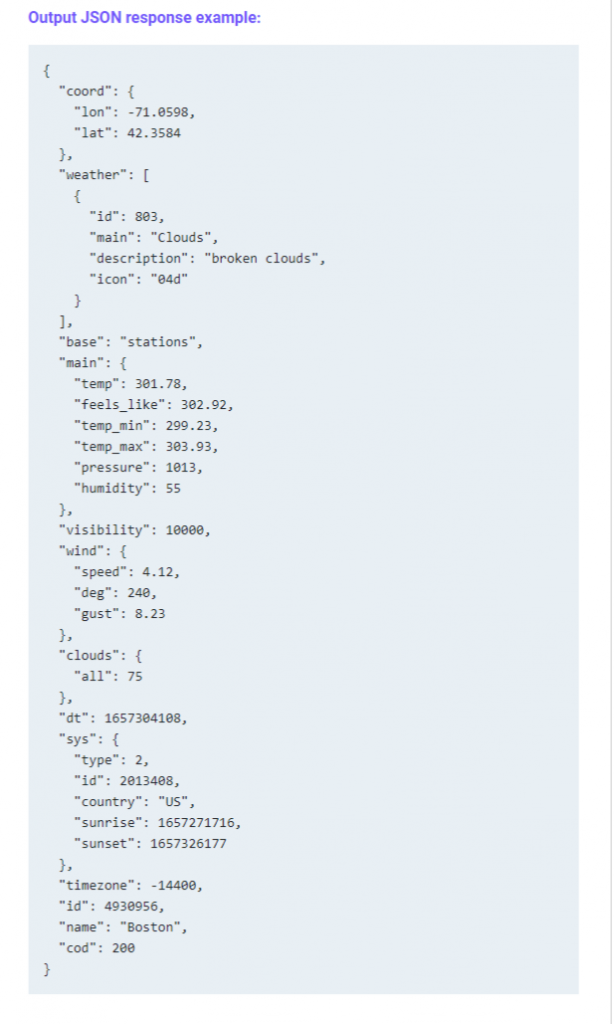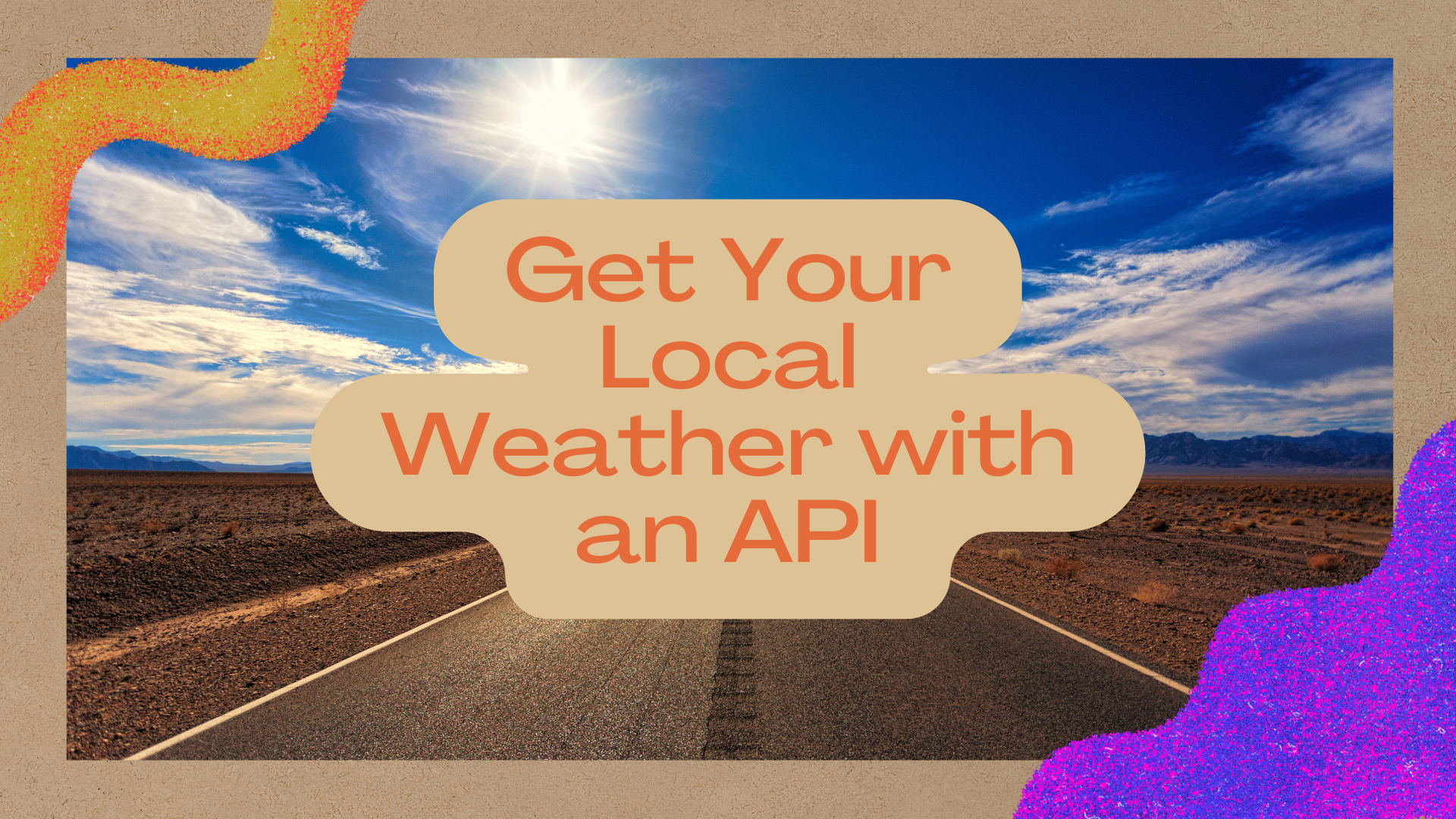Do you need to Get Your Local Weather? Use this Weather API. In this post, we’ll talk about APIs and their uses.
Weather information is extremely useful for us humans; from deciding what to wear on a random Wednesday afternoon, to choosing whether or not we should buy that beautiful house near the California forest. Many of our decisions a reliant on what the weather forecast says.
Because of its great importance, many people flock to websites, apps, tv channels, and more just to find out how that pesky weather will act on a certain day. But, have you ever wondered how all of these different outlets get their data? Maybe, you thought that they all have their own satellite and weather stations; or maybe, you even imagined that they just blindly guess. But, in actuality, most, if not all, of these outlets rely on weather APIs to get the information that they then transmit to you.

Weather APIs
Now, you may be wondering what a weather API is. Well, here comes the explanation.
Simply put, a weather API is an interface that allows a program to get weather information from a large weather database; this comprehensive database contains information from satellites and weather stations all around the world.
Since the API allows access to this information easily, there is no need for you to get involved in that coding; all you need to do is get the API key and insert it into one or two lines of code, and as simple as that you will get a ton of information at your disposal.
“Why don’t I just enter the database myself?”
Well, you see, it’s complicated. The information inside the database is not necessarily organized. Plus, it is all coded in an incomprehensible language for you. The API not only lets out whatever information you need, but it also displays it neatly and in a readable language like JSON.

“What can I do with a Weather API?”
There are many things you can do with a weather API: You can start your own weather app catered to a specific audience, like an app for beachgoers that informs when are the best days or hours to go; also, you can add it to your blog diary, that way you let your readers know how the weather was like when you wrote the post; as well as, create an Alexa alarm that lets you know when skiing season starts; or, you can add it to the website of your hot air balloon business to let your clients know when the weather will or won’t permit flights.
Unquestionably there are so many possible uses for Weather APIs, it’s insane! From personal to business to governmental use.
That leaves us with the last part of this post which is What API To Use To Get Your Local Weather.
Get Your Local Weather Using Current Weather And Forecasted Weather API
The Current Weather and Forecasted Weather API is a program that permits its users to access factual real-time current weather data. Furthermore, users can retrieve 5 and 16-day forecasted weather data.

Current Weather and Forecasted Weather API has worldwide capabilities. This means that you’ll be able to get your local weather data no matter where you are or where you are headed. Some of the features of this capability are:
- Primarily, this API allows for queries by city names; zip codes; and latitudes and longitudes anywhere worldwide.
- Additionally, Current Weather and Forecasted Weather API has over 15 supported languages. In truth, this is great because even if you’re not catering to an English-speaking audience; it will be just as useful to you.
- Also, this API allows for temperature data retrieval in Fahrenheit, Kelvin, or Celsius degrees.
- Similarly, the data may be shown in the metric or imperial system. Hence, it’s all up to your and your audience’s preference.
Undoubtedly, the Current Weather and Forecasted Weather API presents plenty of weather data, including (but not exclusive to):
- Temperatures (Maximum; median; minimum; current; feels-like)
- Clouds Conditions
- Actual Conditions
- Wind Conditions
- Precipitation


